חוויה #4
חוויה #4
ורדי בוברוב / דניאל פלדהקר / צח שיף
אוצרת: רותם ריטוב
12.03.22 - 14.01.22
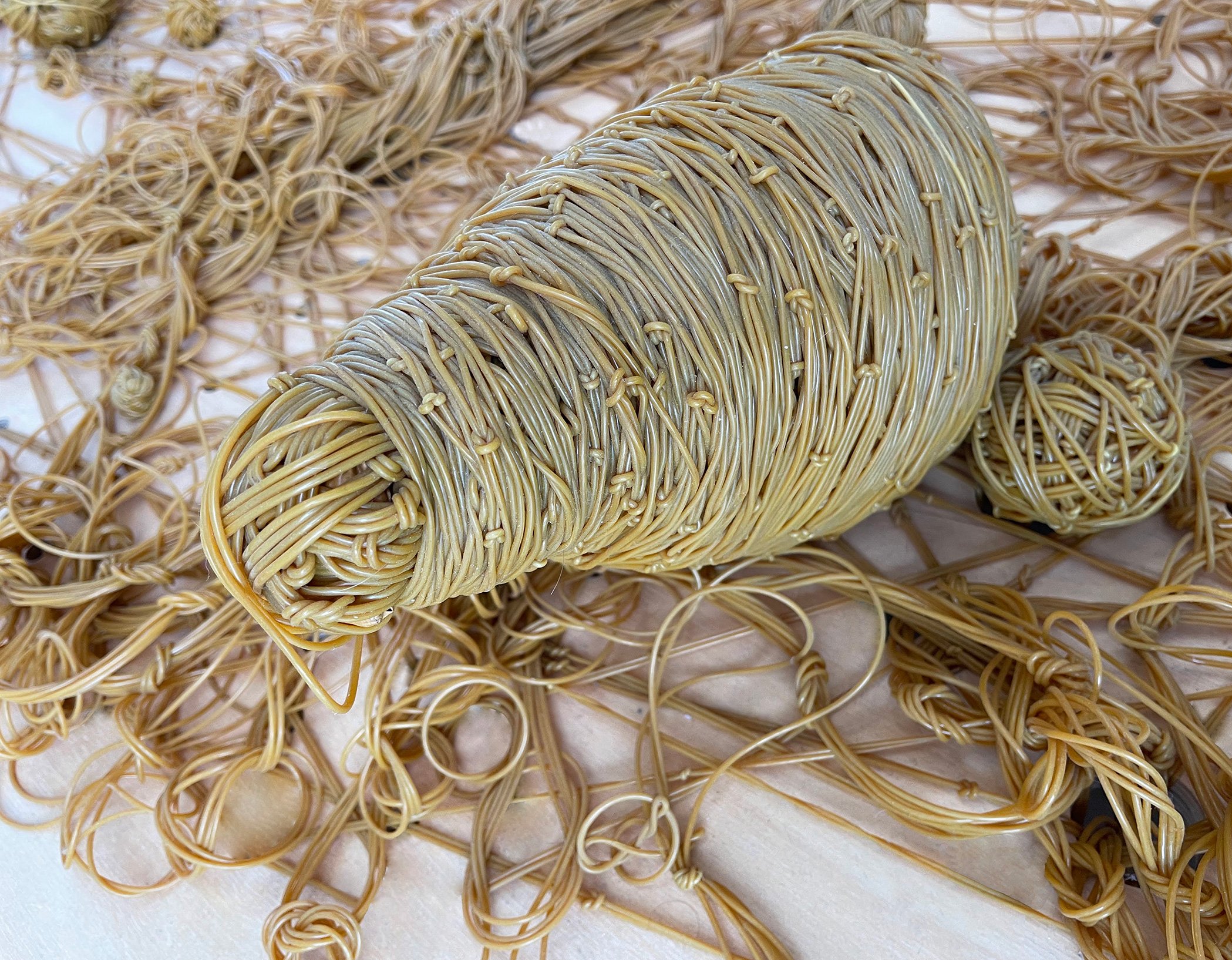

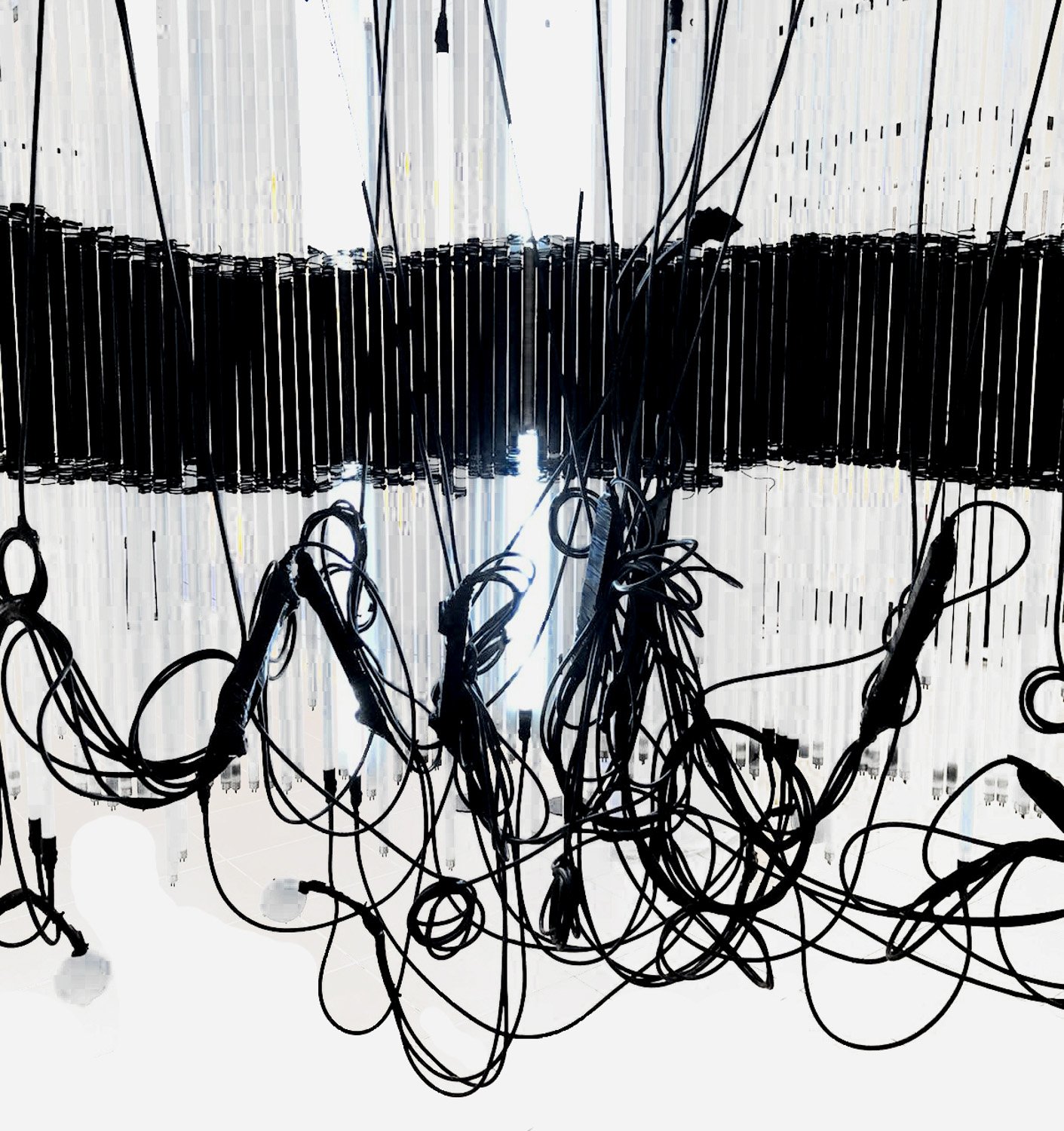
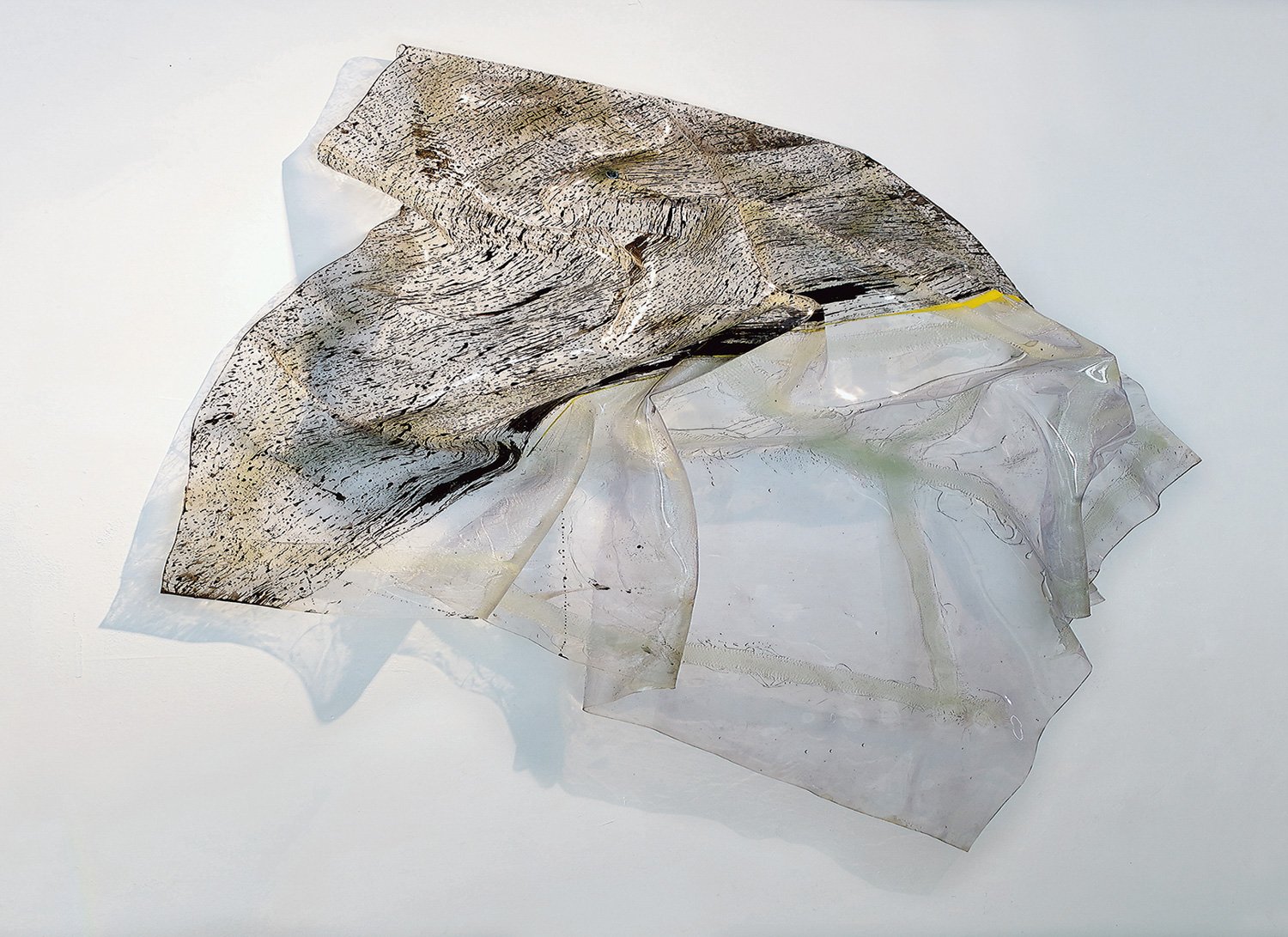
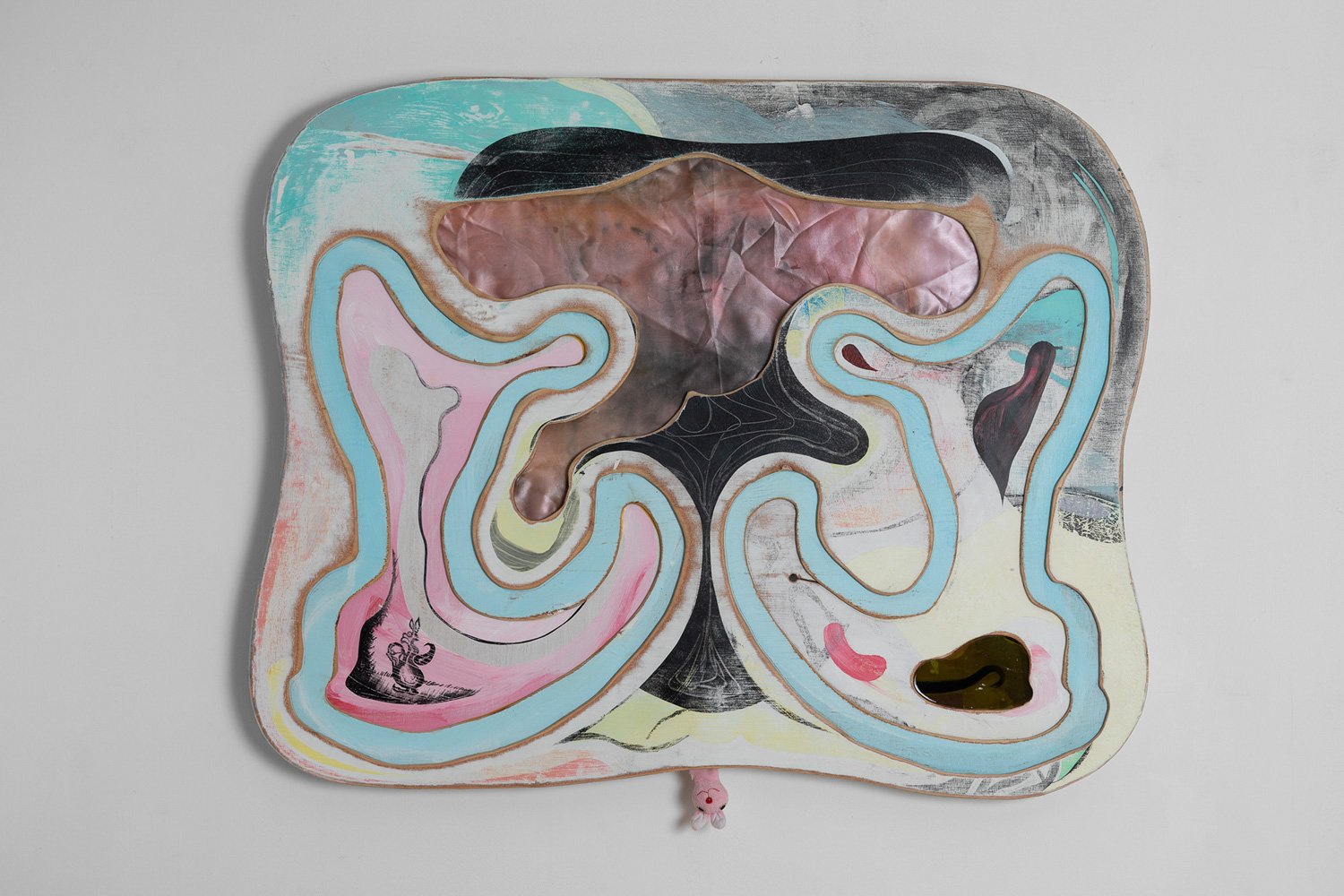
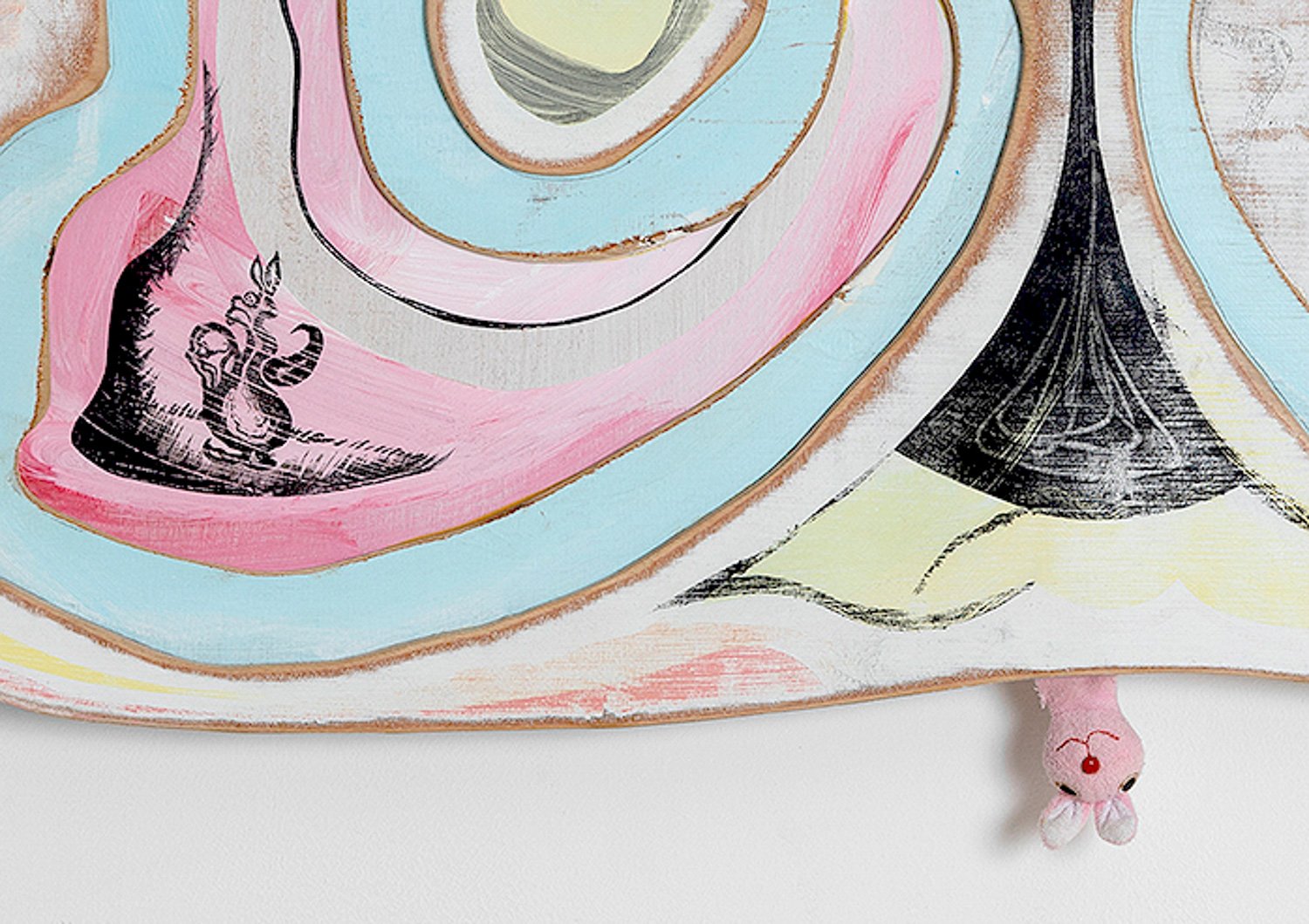
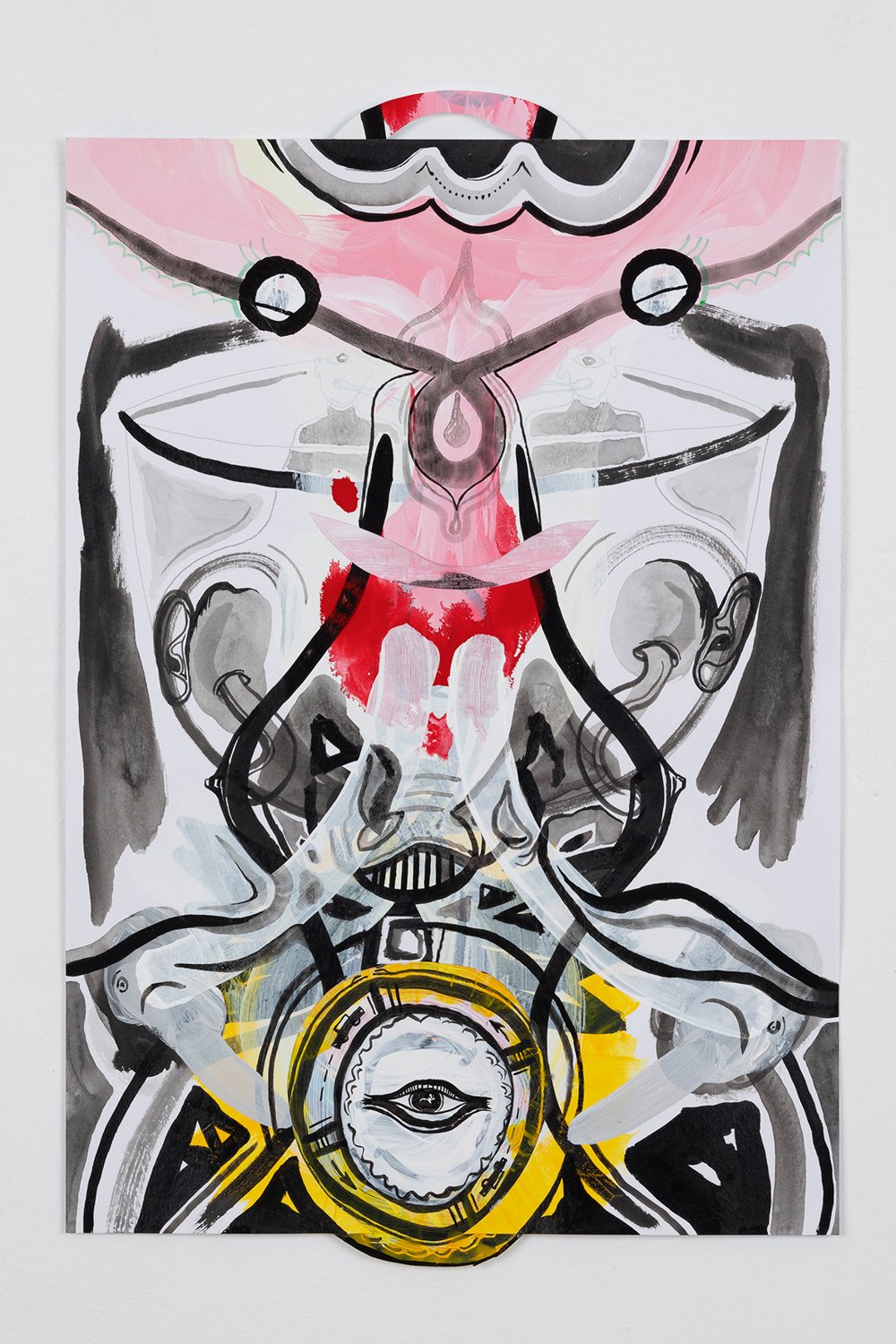
חוויה #4
מציגים: ורדי בוברוב, דניאל פלדהקר, צח שיף
אוצרת: רותם ריטוב
ברוכים הבאים לתערוכה חוויה #4
התערוכה חוויה #4 היא ניסוי, מחקר גלרי ואמנותי.
במהלך תכנונה השתנה סדר-הדברים הרגיל ונוצרה דיפוזיה ונזילות בין תפקיד האמנים כמציגים לבין תפקיד האוצרת כמתכננת. חלק מההחלטות והעבודות בתערוכה נוצרו מתוך היפוך התפקידים.
האם הקהל ירצה להשתתף בניסוי בתערוכה? האם הקהל ירצה לתפקד כמבקר אקטיבי או כצופה פאסיבי?
ישנו חוזה בלתי כתוב בין מבקר בתערוכה לבין מרחב התצוגה. המבקר יודע שהוא קהל ומצפה לבקר בחלל בו מתקיימת תערוכה שנוצרה ע"י אמנים ונאצרה ע"י אוצרת. בסיס חוזה זה הציף את השאלות שהובילו את המהלך האוצרותי ואת ההחלטות האמנותיות של התערוכה חוויה #4: מה זו תערוכה? מהי חווית הביקור בתערוכה? מהי מוטיבציית היצירה של האמנים? מה תפקיד האוצרת? עד כמה ברור מי קובע מה יוצג ומה לא? מה יותר חשוב או יותר מעניין לקהל: ההשתתפות ביצירת העבודות בתערוכה או הצפייה בהן? ואיך כל תהיות אלו יכולות לבוא לידי ביטוי כתערוכה שהיא אירוע חוויתי?
החיבור בין המציגים נוצר מתוך זיהוי עקרונות בסיסיים המשותפים לשלושתם, הן בניראות עבודותיהם והן באופן הפעולה והמוטיבציות האמנותיות המובילות אותם. שלושתם ניגשים לחומר ולצבע מתוך עמדה ילדית, משחקית, אינטואיטיבית וחקרנית. חוסר ודאות הוא וריאנט מהותי, עקרוני ומודע בתהליכי העשיה והיצירה שלהם. שלושתם מתייחסים אל חפצים וחומרי גלם זמינים ויומיומיים כפוטנציאל לטרנספורמציה ולפירוק על מנת לשוב ולחבר ביניהם, ולהטעינם בערכים אסתטיים באופן בלתי צפוי לכדי מחשבה ונוכחות חדשה. הם מאפשרים באופן מודע לטעויות ולמקריות להיות חלק מתהליך העבודה. למרות שרעיונות וקונספטים מובילים את תהליכי היצירה, הם תמיד נמצאים במצב גמיש ומתחדדים דרך הפעולה החומרית.
דבר האורקל, היא עבודת וידאו אינטראקטיבית שנוצרה כחלק משיתוף הפעולה והיפוך התפקידים בין האמנים והאוצרת. בתערוכה שבסיסה הוא שאלות ותהיות, דינמיות והשתנות תמידית, יש ביכולתה של האורקל לתת תשובה, תובנה חכמה, מזור ונחמה. על מנת לצפות בעבודה על הקהל לשאול שאלה והאורקל תאמר את דברה.
הפעולה הוא מיצב משותף לשלושת האמנים שייבנה בהתהוות במהלך התערוכה בעזרת הקהל. המבקרים שירצו להיות אסיסטנטים ייקחו חלק פעיל בבניית המיצב, על פי הנחיות העבודה שייתנו האמנים. מהותו של המיצב הוא לא תצורתו הסופית כי אם שיתוף הפעולה בין האמנים והקהל והאפשרות להיות חלק מיצירת העבודה.
המחקר הוא שיתוף פעולה מדעי – אנליטי שנעשה עם המעבדה The Motivation Cognition Lab באוניברסיטת קולג' פארק במרילנד בניהולו והנחייתו של פרופסור אריה קרוגלנסקי. המעבדה מובילה מחקרים הבוחנים את השפעתן של המוטיבציות האנושיות על תהליכי חשיבה, רגשות והתנהגות.
הקהל מוזמן לענות על שאלות הבודקות את חווית הביקור בתערוכה ואת תגובת המבקרים לאמנות.
מממצאי המחקר ינותחו על ידי צוות המעבדה של פרופסור קרוגלנסקי וישלחו אל המשתתפים במייל בסוף התערוכה. זוהי הזדמנות ללמוד על הפסיכולוגיה מאחורי צפיה באמנות עכשווית.
ורדי בוברוב
המאמץ העיקרי של בוברוב מוקדש לאופן בו ניתן להביע רעיון דרך מאפיינים גולמיים. בוברוב משנה את הוויתם התעשייתית, הסינתטית וחסרת ההדר של חומרים ואובייקטים מוכנים לכדי נוכחות אורגנית טעונה בערכים אסתטיים, יופי ומוטיבים של טבע (מפלים, שמש, גפן מטפס, קורי עכביש). חוסר ההילה והייחודיות, הפשטות, היום-יומיות והפונקציונליות של חומרי רדי-מייד, מאפשרת לבוברוב חופש ביצירת דיאלקטיקה בין הפונקציונליות שלהם לבין היותם מרכיב בעבודת אמנות. למשל, השימוש בגומיות בעבודותיה, מהדהד את אופיין הפרקטי והבנאלי: סדר וארגון, תוך הדגשת מאפייני החומר: גמישות, רכות ומודולריות. מתיחת הגומיות לקצה, חושפת את דו-ערכיותן, הן נקרעות, מאבדות את מהותן ומצליפות.
דניאל פלדהקר
בתהליך העבודה של פלדהקר יש השתעשעות וקריצה לעולמות של משחק. המחשבה על חווית הצופה ויצירת עבודה בה הקהל משתתף באופן חווייתי ופיזי, נוכחת בתהליך גיבוש הקונספט ובבחירות החומרים. באובייקטים ובמיצבים תלויי מקום, פלדהקר מחברת בין חומרי גלם זמינים וחפצים יומיומיים מנוטרלים מייעודם המקורי, לכדי תחביר גיאומטרי וחומרי חדש, בו בולט הפער בין החד פעמיות של עבודת היד העמלנית לבין הרב-פעמיות של המוצרים התעשייתיים.
פלדהקר משלבת בעבודתיה מוטיבים של יופי וכאוס ומייצרת מרחבים אסתטיים בהם מופיעים דימויים הנעים על הסקאלה שבין הפיגורטיבי למופשט. בעבודותיה ישנה מחשבה על מערך היחסים בין פנים וחוץ, אטום ושקוף, מוסתר וגלוי, רך וקשה. המושגים אקראיות, טריטוריות מגודרות ומקלטים ארעיים נוכחים בעבודות וישנה מחשבה והתייחסות לסוגיות הכלל עולמיות המאיימות על עתיד כדור הארץ ושלמותו.
צח שיף
שיף מפרק ומרכיב רבדים צורניים שמשקפים את יחסי המשיכה-סלידה למרחב בו הוא חי, ממנו שואב השראה, וחוקר את זהותו. שיף תר באופן מתמיד אחרי ערך, לגעת בנשגב, כשבמקביל יש בתהליך גם חרדה. בעמדה ילדית ומשחקית, החוגגת מוזרות וטעויות בלתי צפויות, שיף יוצר דימויים מקוטעים וקטועים שנוכחים בעבודות כסמלים המצויים בשינוי מתמיד. החיבור בין מחשבה לפעולה, חומר וצבע הוא כמו הרכבת פאזל חסר הגיון שמעורר מחשבה בלתי צפויה ובלתי שגרתית. חלק חשוב מהתהליך הוא המתח בין מודעות מוגברת למחוות אינטואיטיביות. משיכתו כלפי חוסר שלמות מובילה להריסת המשטחים אותם יצר והפיכתם לדימויים בלתי מושלמים חסרי דיאלוג סיפורי רציף.
Experience #4
Artists: Vardi Bobrow, Daniel Feldhacker, Zak Shiff
Curator: Rotem Ritov
Welcome to the exhibition Experience #4
The exhibition “Experience #4” is an experiment, a gallery and artistic study.
During the exhibition’s planning, the usual order of things was upended. The roles of artist as the presenter and the role of curator as the planner, were diffused and rendered fluid. There was a role-reversal in some of the decisions and works in the exhibition.
Would the public like to take part in the exhibition’s experiment?
Does the public want to function as an active visitor or a passive viewer?
There is an unwritten contract between visitors to an exhibition and the exhibition space. The visitor knows that they are part of an audience and expects to visit a space where there is an exhibition created by artists and curated by a curator. The basis of this contract brought to the surface the questions that guided the curatorial process and the artistic decisions in the exhibition Experience #4:
What is an exhibition? What is the visitor’s experience at an exhibition? What is the artist’s motivation for creating? What is the curator’s role? How clear is it who decides what is included and what is omitted? What is more important or more interesting to the visitor: participating in creating the works in the exhibition or viewing them? And how can all of these contemplations be expressed as an exhibition that is an experiential event?
The connection between the participating artists is based on the identification of basic common principles shared by all; both in terms of the appearance of their work, and their modus operandi and leading artistic motivations. All three approach materials and paint from an infantile, playful, intuitive and inquisitive stance. Uncertainty is a substantial, principled and conscious variable in their working and creative processes. All of the artists find potential in readily available, everyday objects and raw materials: They can be transformed, taken apart and put back together again, and be unexpectedly charged with aesthetic values, until they take on a completely new concept and presence. The three artists consciously allow mistakes and chance to be part of their working process. Although ideas and concepts guide their creative processes, they are always flexible and achieve clarity through material acts.
The Oracle’s Word is an interactive video work created through cooperation and role reversal between the artists and the curator. In an exhibition based on questions and contemplations, dynamism and constant changeability, the Oracle can provide answers, insight, wisdom, healing and comfort. In order to view the work, the audience must ask a question and the Oracle states her word.
The Act is a communal installation, which will come into being during the exhibition, with the audience’s help. Visitors who want to be assistants will take an active part in building the installation, based on instructions provided by the artists. Cooperation between the artists and the audience, and the possibility to take part in the creation of the artwork, rather than its final form, are the essence of the installation.
The Research is a joint scientific – analytical cooperation initiative together with the Motivation Cognition Lab at the University of Maryland in College Park, MD, managed and guided by Professor Arie Kruglanski. The lab leads studies that explore the impact of human motivation on thought processes, emotions and behavior. The audience is invited to answer questions that examine the experience of visiting the exhibition and the visitors’ reaction to the art. The study’s findings will be analyzed by the team at Prof. Kruglanski’s lab and sent to participants by email. This is an opportunity for you to learn about your approach to art and understand the psychology behind your response to art.
Vardi Bobrow
Bobrow’s main efforts are devoted to the manner in which an idea can be expressed through material characteristics. Bobrow alters found materials and objects, from a state that is industrial, synthetic and devoid of radiance, into an organic presence that is charged with aesthetic values, beauty and motifs from nature (waterfalls, sun, climbing ivy, spider webs). The unique lack of aura, simplicity, ordinariness and functionality of ready-made materials provide Bobrow the freedom to create a dialectic between their functionality and their status as a component in a work of art. For example, the use of rubber bands in her work resonates their practicality and banality, tidiness and orderliness, while emphasizing the material’s characteristics: flexibility, softness and modularity. Stretching rubber bands to their limit exposes their ambiguity: They tear, lose their essence and strike back at us in a whipping motion.
Daniel Feldhacker
In Feldhacker’s work process there is playfulness and a hint to the world of games. Consideration of the viewer experience and creating a work with experiential and physical public participation, are present in the process of formulating the concept and choosing the materials. In her site-specific objects and installations, Feldhacker joins together readily available raw materials and everyday objects that have been removed from their original use, and transports them to a new geometrical and material syntax, in which the gap between the one-off, labor intensive hand-made object and the multi-use industrial product, is prominent.
In her work, Feldhacker integrates motifs of beauty and chaos and creates aesthetic expanses in which images on the spectrum between figurative and abstract appear. In her work, thought is given to the relationship between interior and exterior, opaque and transparent, concealed and revealed, soft and hard. The concepts of chance, defined territories and temporary refuge are present in the work and thought and treatment are accorded to global issues that threaten the future and well-being of Planet Earth.
Zak Shiff
Shiff dissects and joins together formal aspects that reflect relations of attraction – repulsion to the space in which he lives, from which he draws inspiration and examines his identity. Shiff constantly seeks out value and the sublime, while at the same time the process is plagued by anxiety. From an infantile and playful stance, which celebrates oddity and unexpected mistakes, Shiff creates truncated images which have a presence in the works as symbols in constant change. The connection between thought and action, material and color is like putting together an illogical puzzle which elicits unexpected, unusual thoughts. An important part of the process is the tension between elevated awareness and intuitive gestures. His attraction to imperfection leads to the destruction of the surfaces he creates and their transformation into imperfect images with no continuous narrative dialogue.
